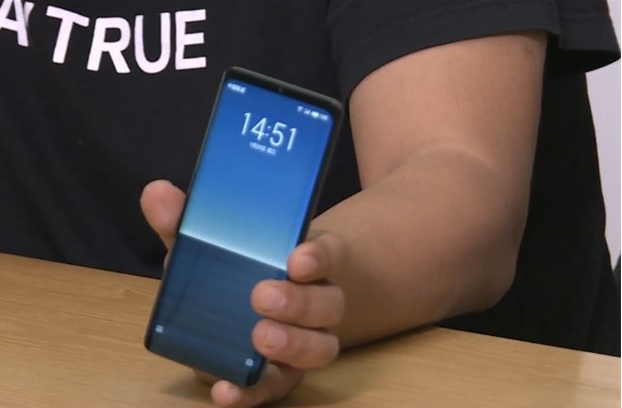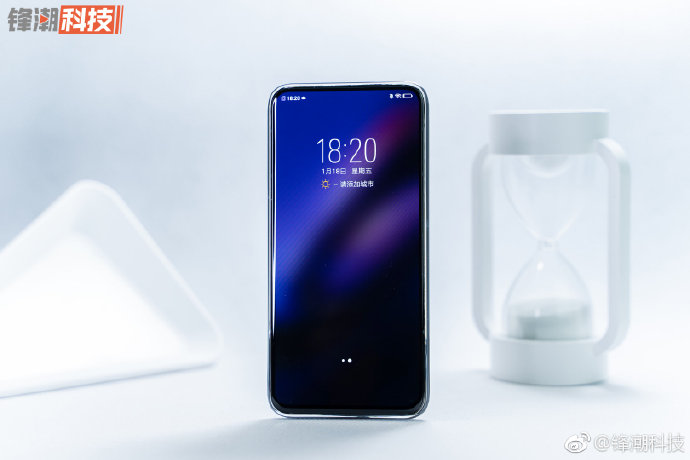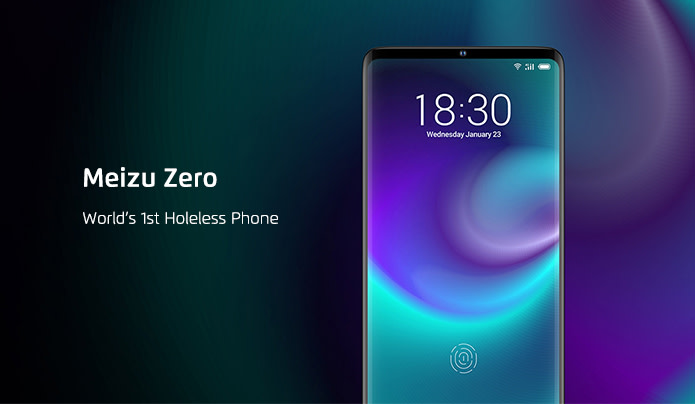When Meizu first unveiled the Meizu Zero Holeless smartphone in January this year, we had though the company was on a path to resurgence going by the spectacular design that the phone utilised. The crowdfunding exercise on Indiegogo proved us wrong with the phone getting a disappointing 29 backers who raised a paltry $45,998. At the same time, Vivo also announced the holeless Vivo APEX 2019.
While enthusiasm isn’t too high on the prospect of the design style, some phone enthusiasts in China have been asking questions as to when the design style will become commercial. China Mobile has perhaps received several questions as to the when hole-less phones will meet with consumers. China Mobile Terminal Lab gave several reasons from the technical perspective, why hole-less phones are ready to hit the market sooner than later.
-
- Buttons: Most phone already makes use of virtual buttons and even on some curved screen phones, the volume buttons are almost completely invisible on some curved screen phones. Since phones utilise touchscreens, a transformation to entirely virtual button design is now more realistic.
EDITOR’S PICK: First Samples from the 108MP Mi Mix Alpha is here & we are not impressed!
- Four holes for sound: Smartphones rely heavily on four major openings for sound input and output – 3.5mm audio jack opening, noise reduction hole, earpiece and speaker. The emergence of Bluetooth headset has taken care of the need for a 3.5mm audio jack opening on phones and most new models don’t have one even though some audiophiles prefer the good old audio jack. The other three openings are still frequent residents of mobile phones but in recent times, bone conduction technology and under-screen sound technology and others in the works have brought the prospects of eliminating these openings.

- Card slot: Virtual cards such as eSIM are now in use. Even though they are yet to be deployed very well in smartphones, they are fitting replacement for the physical SIM slot opening
China Mobile notes that charging distance is still the only thing yet to be overcome. It noted that even though there is wireless fast charging technology, there is still no solution to increasing the charging distance such that you don’t need to put the phone in contact with the charging pad or cradle to charge it. Some find the inability to use their mobile phones while charging inconveniencing. We expect Over-the-air wireless charging that can deliver small amounts of power at a distance from inches to 3 feet to become available in smartphones soon.
UP NEXT: Wearables Market surges in Q3 due to rising Hearables popularity
(source)






